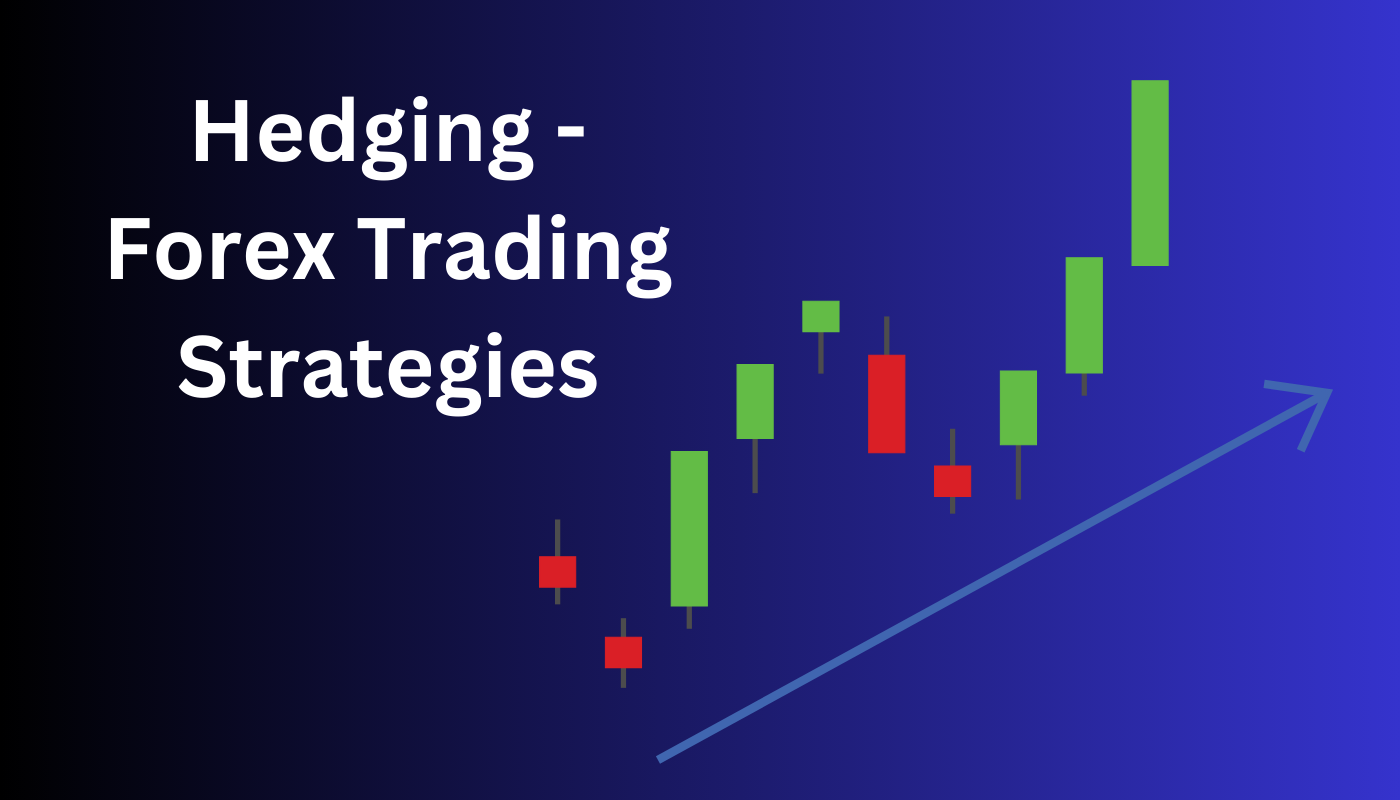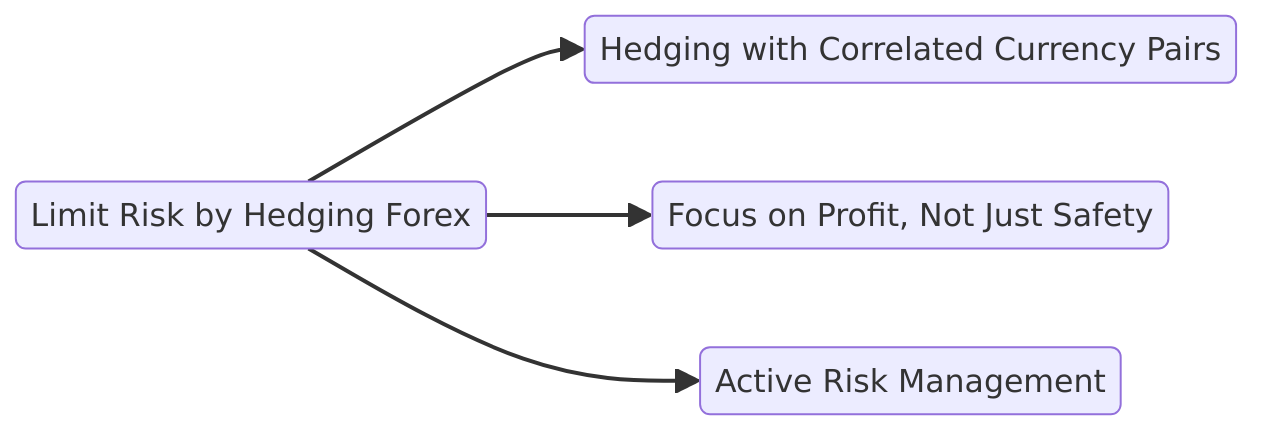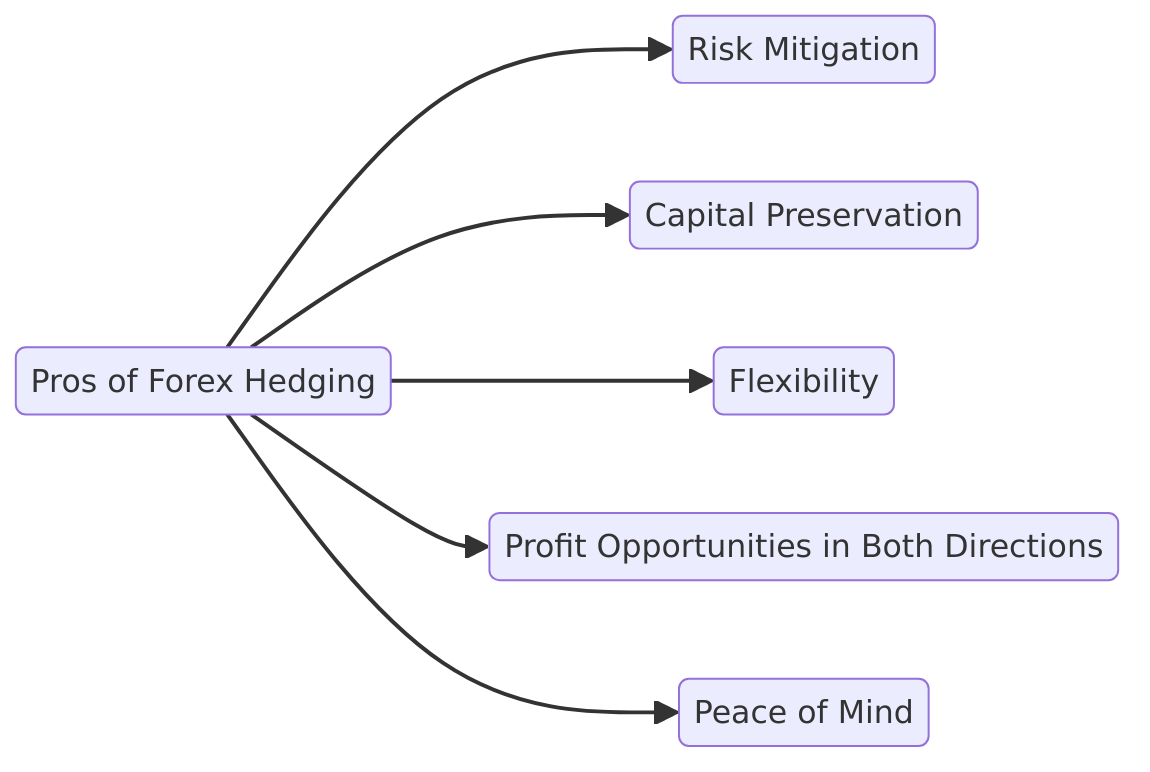Hedging – Forex Trading Strategies
In the financial markets, including the foreign exchange (Forex) market, traders—whether individual, institutional, speculative, or investing—constantly seek ways to manage risk and improve their chances of success.

One of the most effective risk management techniques is hedging, a strategy widely used to minimize potential losses and stabilize profits during volatile market conditions.
Many large institutions mandate hedging as part of their trading strategies, especially during periods of significant price movements. In fact, some investment funds are named after this strategy—hedge funds—because they actively hedge most of their positions to reduce risk exposure.
What Is a Forex Hedging Strategy?
At its core, hedging involves opening two opposite positions—either in the same market or across different markets—to offset potential losses. This helps protect your trading capital against adverse price movements.
- Direct Hedging: Involves simultaneously opening long and short positions on the same currency pair. This allows traders to lock in profits or minimize losses regardless of which way the market moves.
- Cross-Hedging: Involves trading two correlated currency pairs, such as EUR/USD and GBP/USD, to hedge against fluctuations without opening opposite positions on the same pair.
Hedging in financial markets serves a purpose similar to insurance—it protects against potential losses. However, instead of paying premiums, traders rely on strategic positioning. The concept of hedging dates back to the 19th-century agricultural futures markets, where farmers and traders hedged against price fluctuations in commodities.

How To Limit Risk By Hedging Forex
Forex hedging is commonly used by traders to mitigate risks associated with market volatility. Here’s how traders implement this strategy effectively:
- Hedging with Correlated Currency Pairs:
- Focus on Profit, Not Just Safety:
- Hedging isn’t just about minimizing risk—it should also contribute to profitability.
- Use technical and fundamental analysis to identify opportunities where correlated pairs may behave differently.
- Analyze market conditions to anticipate which pair may outperform, maximizing the hedging strategy’s effectiveness.
- Active Risk Management:
- Adjust positions based on changing market dynamics.
- Monitor the strength of correlations regularly, as they can shift due to economic events or policy changes.
Key Insight: While hedging can significantly reduce risk, it’s not a strategy to rely on blindly. Effective hedging requires analytical skills, sound market knowledge, and the ability to spot divergences between correlated currency pairs.

Example #1: A Hedging Strategy For GBP/USD and EUR/USD
In early May 2014, both the Euro and the Pound reached significant psychological levels:
- EUR/USD hovered around 1.40
- GBP/USD approached 1.70
These round-number resistance levels often trigger strong market reactions. Both pairs had been in uptrends for over a year, suggesting that a correction or reversal was imminent.
Crafting the Hedging Strategy
Simply shorting both pairs would expose us to double the risk, especially since they are positively correlated. Instead, we adopted a smart hedging approach:
- Analyze Relative Strength:
- EUR/USD had gained 1,300 pips from its previous low.
- GBP/USD had rallied 2,200 pips over the same period.
This indicated that EUR/USD was weaker than GBP/USD—meaning it was more vulnerable to a sharp decline if the dollar strengthened.
- Fundamental Analysis:
- The Eurozone was grappling with sluggish growth and weak economic data.
- In contrast, the UK economy was booming, with strong data and the Bank of England hinting at interest rate hikes.

Executing the Hedge
- Short Position: EUR/USD (expected to fall harder)
- Long Position: GBP/USD (stronger, with potential for a smaller decline or continued uptrend)
This approach ensured that:
- If both pairs fell: Losses on GBP/USD would be smaller, and gains on EUR/USD would be larger.
- If the market continued upward: GBP/USD would outperform, compensating for any EUR/USD losses.
The Results
- May 2014:
- EUR/USD dropped 500 pips, yielding a $5,000 profit (1 standard lot).
- GBP/USD declined 300 pips, causing a $3,000 loss (1 standard lot).
- Net Profit: $2,000 with minimal risk exposure.
- June 2014:
- Shorted EUR/USD again and went long on GBP/USD.
- GBP/USD gained 350 pips, while EUR/USD rose only 150 pips.
- Net Profit: $2,000 from the differential move.
Key Takeaways from This Hedging Strategy
- Risk Mitigation: Losses on one position were offset by gains on the other.
- Profit Potential: Even with opposite trades, the strategy generated consistent profits.
- Adaptability: This method works during both trend reversals and consolidations.
This example illustrates the essence of forex hedging: securing smaller, consistent profits with minimal risk exposure—an approach favored by both institutional and retail traders.

Example #2: Hedging with Commodity Pairs (AUD/USD and NZD/USD)
Hedging strategies are not limited to major currency pairs—they can be effectively applied to commodity currencies like the Australian Dollar (AUD) and the New Zealand Dollar (NZD). Both are influenced by global commodity prices but often show differences in volatility and trend strength, creating profitable hedging opportunities.
The Setup: Diverging Trends in AUD/USD and NZD/USD
On the weekly charts:
- AUD/USD had been in a strong downtrend, dropping around 2,000 pips with a modest retracement of about 800 pips.
- NZD/USD, on the other hand, was in a clear uptrend, with its rally surpassing the magnitude of its prior decline.
After a 4–5 week retracement, technical analysis signaled that NZD/USD was poised to resume its uptrend.
Crafting the Hedging Strategy
To manage risk while capitalizing on potential price moves:
- Primary Position: Long NZD/USD (expecting the uptrend to continue).
- Hedge Position: Short AUD/USD (as protection in case the uptrend fails).
Why This Hedge Works:
- If both pairs fell:
- The AUD/USD short would yield larger profits since AUD was more vulnerable to downside moves.
- Any losses from the NZD/USD long would likely be smaller than gains from the AUD short—resulting in a net profit.
- If both pairs rose (uptrend continuation):
- The NZD/USD long would produce larger gains, while the AUD short would incur smaller losses—again ensuring a net profit.

- The NZD/USD long would produce larger gains, while the AUD short would incur smaller losses—again ensuring a net profit.

The Results:
- Entry: Early June 2014.
- NZD/USD: Gained 400 pips from the long position.
- AUD/USD: Yielded a 200 pip profit from the short position.
This resulted in a 200-pip net profit.
Adjusting for Volatility:
Since NZD/USD tends to be 20% less volatile than AUD/USD, we adjusted the trade size:
- NZD position was 20% larger to compensate for its smaller price moves.
Final Profit:
- The adjusted position size turned the 200-pip profit into a $2,400 profit.
Key Takeaways from the Commodity Pair Hedge:
- Risk Mitigation: Losses on one pair are offset by gains on the other.
- Volatility Adjustment: Account for differences in price movement when sizing trades.
- Consistent Profit Potential: Regardless of market direction, the strategy offers opportunities for gains with controlled risk.
Pros and Cons of Forex Hedging
Forex hedging is a widely used risk management strategy designed to protect traders from adverse market movements. While it offers strong benefits, it’s important to weigh the potential drawbacks before implementing it in your trading strategy.
Pros of Forex Hedging
- Risk Mitigation:
- The primary benefit of hedging is to reduce potential losses. By taking opposite positions, traders can limit exposure to unexpected market shifts.
- Capital Preservation:
- Hedging helps protect existing profits and capital in volatile markets, providing a safeguard against sudden price fluctuations.
- Flexibility:
- Forex hedging can be applied to single currency pairs (direct hedging) or correlated pairs, offering flexible strategies for different market conditions.
- Profit Opportunities in Both Directions:
- When used strategically, hedging can create opportunities to profit from both rising and falling markets, especially with correlated currency pairs.
- Peace of Mind:
- Reducing risk leads to less emotional stress for traders, allowing for more rational decision-making without the fear of significant losses.

Cons of Forex Hedging
- Reduced Profit Potential:
- Since gains in one position often offset losses in another, the overall profit can be lower compared to taking a single directional trade.
- Complexity:
- Hedging requires a good understanding of market correlations, price movements, and trading instruments, making it challenging for beginners.
- Higher Trading Costs:
- Maintaining multiple positions leads to increased transaction costs, including spreads, commissions, and swap fees.
- Not Foolproof:
- While hedging reduces risk, it doesn’t completely eliminate losses. In some cases, both positions can result in losses if the market moves unpredictably.
- Regulatory Restrictions:
- Some brokers or jurisdictions restrict certain hedging practices, particularly direct hedging, which can limit strategy options.
Hedging-Wrapping Things Up
In essence, forex hedging isn’t about predicting market direction. Instead, it’s about using the current market dynamics to manage risk effectively. A well-executed hedging strategy acts like an insurance policy, protecting trades from adverse moves while offering opportunities for consistent gains.
If implemented correctly, hedging can help you minimize losses and preserve capital, providing a safety net in volatile markets. However, successful hedging requires combining it with other trading strategies and a deep understanding of market behavior.
Ready to explore more? Check out our Forex Trading Strategies page to learn how to integrate hedging with other techniques for smarter, more resilient trading.
